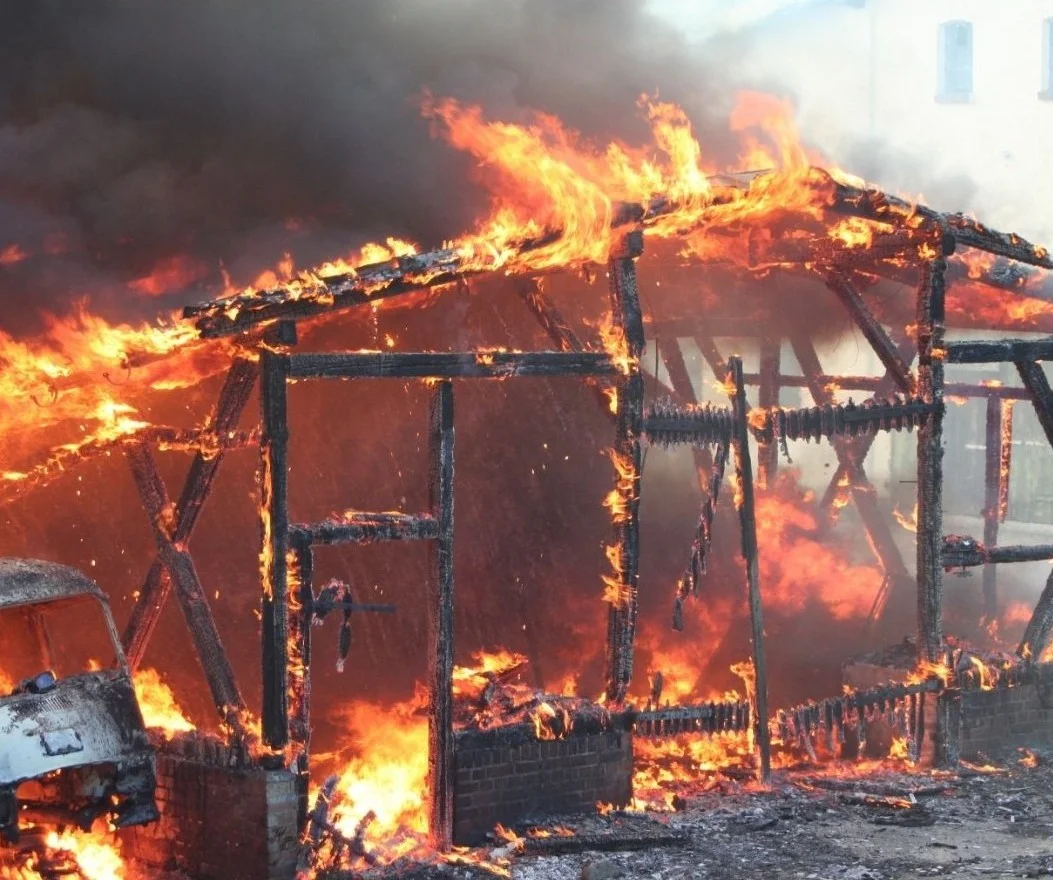
After a wildfire, the first priority is often ensuring safety. Before beginning the rebuilding process, it’s crucial to assess your property. This means checking for structural damage and understanding what can be salvaged. Working with professionals who have experience in post-wildfire assessments can provide valuable insights. They can help you determine the safety of your foundation, walls, and roof.
Once you have a clear idea of the damage, the next step is to talk about your plans moving forward. It's important to consider what type of home you want to build. Many homeowners choose to incorporate fire-resistant materials into their designs. This could mean selecting non-combustible siding, installing fire-rated roofs, and using tempered glass windows. Making these choices upfront can help protect your investment in the long run.
Financing is another important aspect of rebuilding. After facing a disaster like a wildfire, understanding your options is key. There are various loans and financial products specifically designed for homeowners in recovery. These options may include rebuilding loans or renovation loans that take into account the costs associated with both rebuilding and improving fire safety.
It is also essential to review your insurance coverage. You want to ensure that you have enough coverage to rebuild your home to your specifications. Many homeowners find that they need to adjust their policies based on their new plans or the updated costs of materials and labor. Engaging with your insurance provider can help clarify what your policy covers regarding rebuilding, and whether you might be eligible for additional assistance. In addition, consider engaging with local government resources. Many municipalities offer rebuilding grants or loans to assist homeowners in recovery efforts. Exploring these options can provide an extra layer of financial support, helping you to create a safer, more resilient home.
Networking with other homeowners who have gone through similar experiences can also be beneficial. Support groups or community meetings can provide emotional support and practical advice from those who understand the journey. Sharing insights on contractors, materials, and successful strategies for rebuilding can foster a sense of community and resilience. Throughout the rebuilding process, keep track of your progress and stay organized. Create a timeline for your project and set realistic milestones. This not only helps keep the stress in check but also allows you to celebrate small victories along the way.In times of uncertainty, having a knowledgeable mortgage professional can make a significant difference. A skilled loan officer can help you navigate the various financing options available, ensuring that you understand all your choices. They can guide you through the necessary paperwork and help you find a mortgage product that aligns with your unique situation.
As you embark on this journey of rebuilding, remember that you don't have to do it alone. Reach out to discuss your needs and explore how we can support you during this critical time. Our team is here to provide the expertise and personalized service you need to rebuild your home and your life after a wildfire.